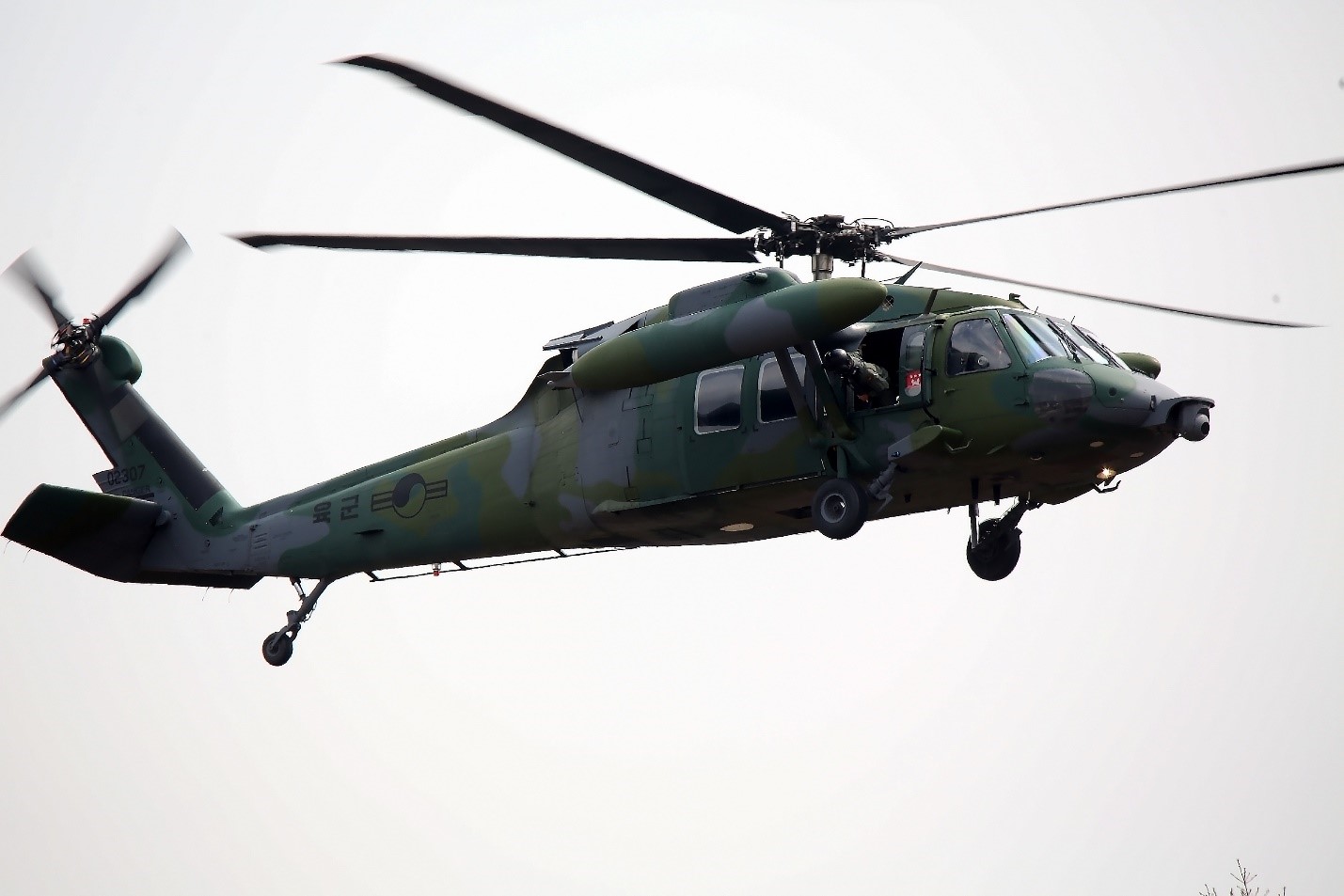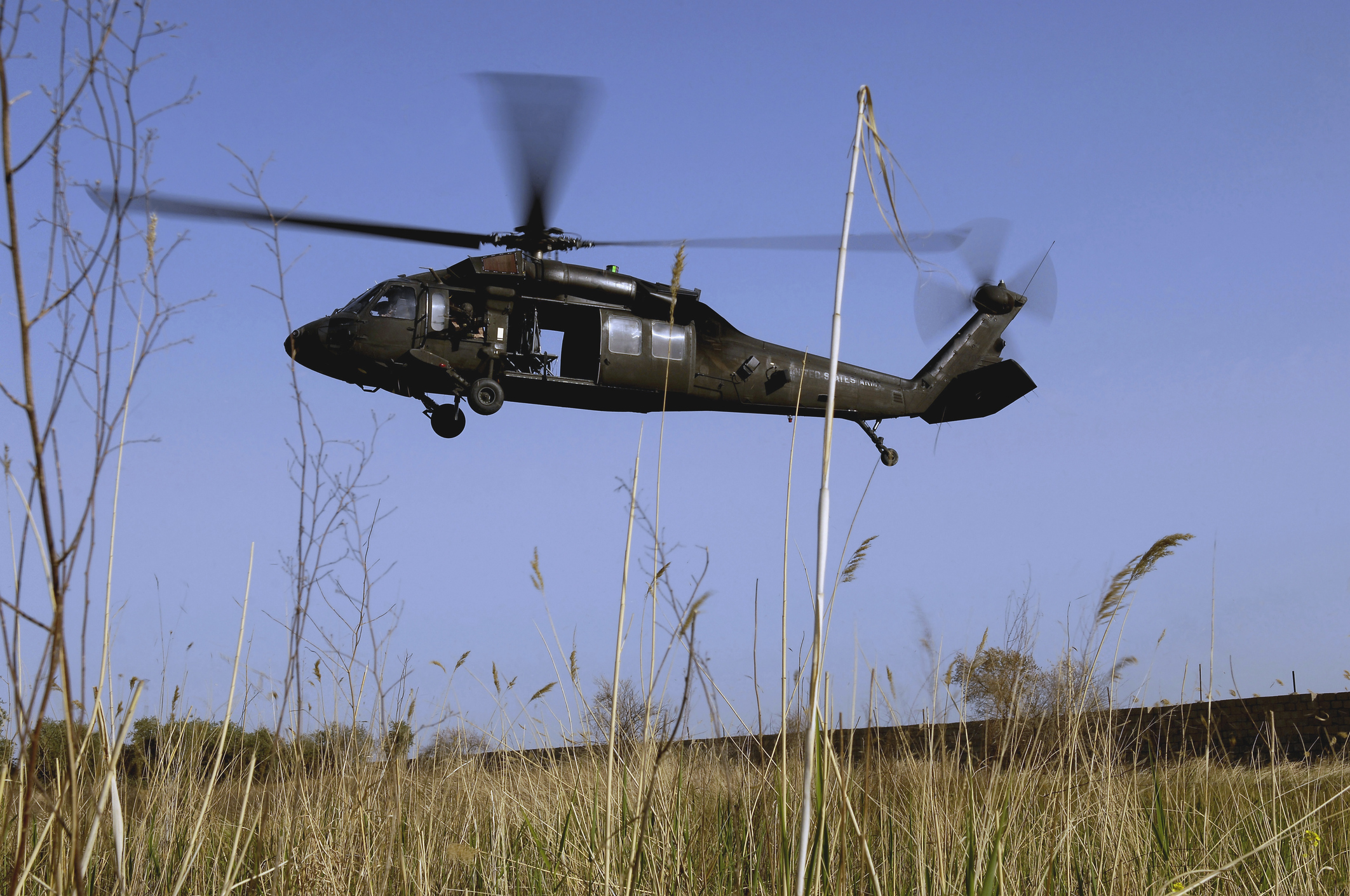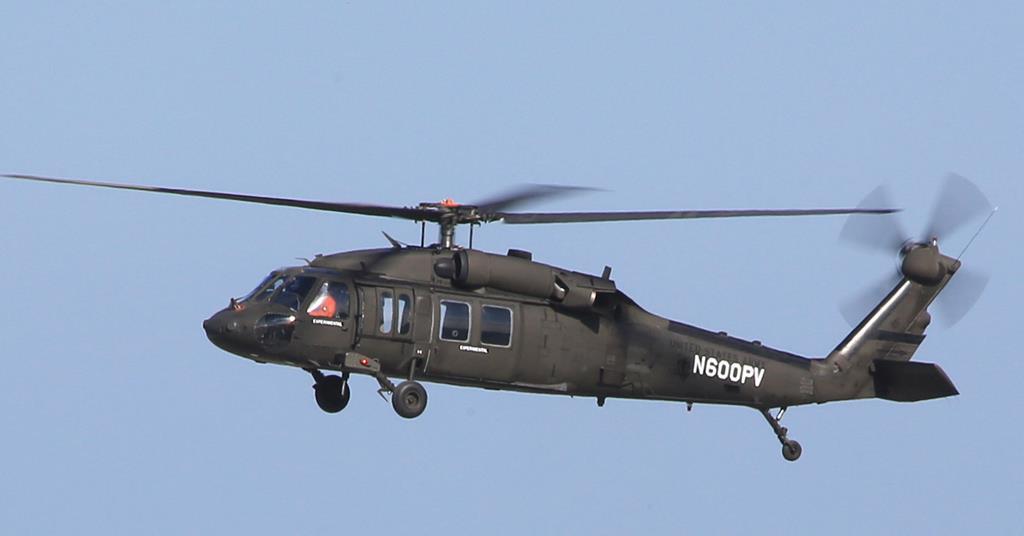UH 60 Black Hawk: A Close Look at Its Engineering, Performance, and Tactical Uses
UH 60 Black Hawk: A Close Look at Its Engineering, Performance, and Tactical Uses
Blog Article
Checking Out the Background and Advancement of the UH 60 Helicopter

Beginnings of the UH-60
The beginnings of the UH-60 helicopter can be traced back to the late 1960s, a period marked by the requirement for a flexible energy airplane that can adapt to the developing needs of contemporary warfare. The U.S. Military recognized the necessity for a replacement for the older UH-1 Iroquois, which was becoming significantly inadequate for the complexities of contemporary battle scenarios. In 1967, the Army initiated the Utility Tactical Transport Aircraft System (UTTAS) program, which sought to develop a multi-role helicopter with the ability of numerous missions, including troop transport, clinical evacuation, and logistical support.
The style competition attracted numerous aerospace makers, yet it was Sikorsky Airplane Company that eventually safeguarded the agreement in 1972. The UH-60 Black Hawk was presented, showcasing innovative design components and advanced modern technology that established it besides its predecessors. Its first flight occurred in 1974, and the aircraft was officially taken on by the Military in 1979. The UH-60 rapidly acquired recognition for its durable efficiency, reliability, and flexibility, leading the way for its extensive usage in armed forces procedures and solidifying its standing as a foundation of united state Military aeronautics.
Secret Layout Features
Innovative design features of the UH-60 Black Hawk considerably contribute to its operational performance. Among the most remarkable aspects is its twin-engine setup, which boosts reliability and gives a higher power-to-weight ratio, making it possible for the helicopter to execute under various conditions. The aircraft's four-blade main blades system supplies enhanced lift and maneuverability, essential for tactical objectives.

In addition, the cabin is made for optimal exposure and functional designs, featuring sophisticated avionics that streamline pilot operations. The modular layout of the UH-60 permits for easy maintenance and flexibility, making it suitable for numerous mission accounts, from troop transportation to medevac procedures. These crucial design features make sure that the UH-60 Black Hawk remains a flexible and reliable possession in armed forces air travel, efficient in satisfying the needs of contemporary warfare.
Technological Developments
Recent technological innovations in the UH-60 Black Hawk have considerably enhanced its functional abilities and adaptability. The combination of sophisticated avionics, such as digital trip control systems and improved situational recognition screens, permits pilots to run with enhanced precision and effectiveness. These systems help with enhanced navigating, interaction, and information sharing, allowing the helicopter to work successfully in varied environments.
Additionally, the intro of composite products has actually minimized the general weight of the aircraft while keeping architectural integrity. This reduction boosts gas effectiveness and extends operational array. The consolidation of innovative rotor modern technology, including making use of four-blade, fully expressed rotor systems, has actually boosted lift performance and ability to move, enabling better handling in different flight problems.

In addition, innovations in propulsion systems, such as the T700-GE-701D engines, have actually boosted power result and dependability - uh 60. These engines add to remarkable efficiency in hot-weather and high-altitude conditions
Lastly, the assimilation of self-defense systems view publisher site and enhanced sensing unit plans boosts the Black Hawk's survivability and objective efficiency. Collectively, these technical enhancements make certain that the UH-60 Black Hawk remains an essential possession in modern-day aviation, capable of adapting to the progressing needs of armed forces and humanitarian goals.
Function in Armed Force Operations
As the foundation of U.S. Military look at here aviation, the UH-60 helicopter plays a vital duty in different armed forces procedures, acting as a functional system for fight assistance, transportation, and medevac missions - uh 60. Its design integrates the ability to operate in varied environments, making it important for army activity and logistical assistance in both conventional and unconventional warfare

In medical emptying situations, the UH-60 has proven indispensable, dramatically reducing the moment to transfer wounded soldiers from the battleground to medical centers. Its sophisticated avionics and evening vision capabilities further ensure objective success under challenging problems. In general, the UH-60 helicopter remains an important property, constantly adjusting to satisfy the progressing demands of army operations and enhancing the efficiency of U.S. pressures worldwide.
Future of the UH-60
Looking in advance, the future of the UH-60 helicopter involves considerable advancements in modern technology and capacities developed to boost its operational performance. As armed forces procedures advance, the UH-60 is expected to integrate sophisticated modern technologies, including boosted avionics, enhanced weapons systems, and advanced interaction devices. These enhancements will certainly enable better situational recognition and objective flexibility, guaranteeing that the UH-60 continues to be an essential possession on the field of battle.
One significant advancement is the integration of fly-by-wire systems, which will boost flight control accuracy and lower pilot work. Efforts to update the airframe and get more engines intend to increase haul, rate, and range capacity, thereby expanding the helicopter's operational extent.
The future also holds promise for boosted interoperability with unmanned airborne systems (UAS), making it possible for worked with goals that leverage both manned and unmanned abilities. Additionally, the unification of expert system and maker understanding might maximize flight characteristics and maintenance processes, resulting in minimized operational costs.
Verdict
The UH-60 Black Hawk helicopter represents a substantial achievement in military aeronautics, advancing from the U.S. Army's first requirements for a functional energy aircraft. Its cutting-edge design features and continual technical innovations have actually guaranteed its importance in different army procedures over the decades. As the demands of modern warfare adjustment, the future of the UH-60 will likely involve additional enhancements and adjustments, enhancing its standing as a vital property for militaries worldwide.
The UH-60 Black Hawk helicopter stands for a substantial turning point in armed forces air travel, arising from the United state Army's mission for a more dependable and functional energy aircraft in the late 20th century.The origins of the UH-60 helicopter can be mapped back to the late 1960s, a duration noted by the need for a functional energy airplane that might adapt to the advancing needs of contemporary war. In general, the UH-60 helicopter remains an important asset, continuously adjusting to satisfy the progressing needs of army procedures and boosting the performance of U.S. pressures worldwide.
Looking in advance, the future of the UH-60 helicopter entails significant developments in technology and capabilities created to boost its functional efficiency.The UH-60 Black Hawk helicopter represents a substantial success in army air travel, evolving from the U.S. Military's preliminary demands for a flexible utility aircraft.
Report this page